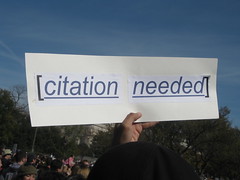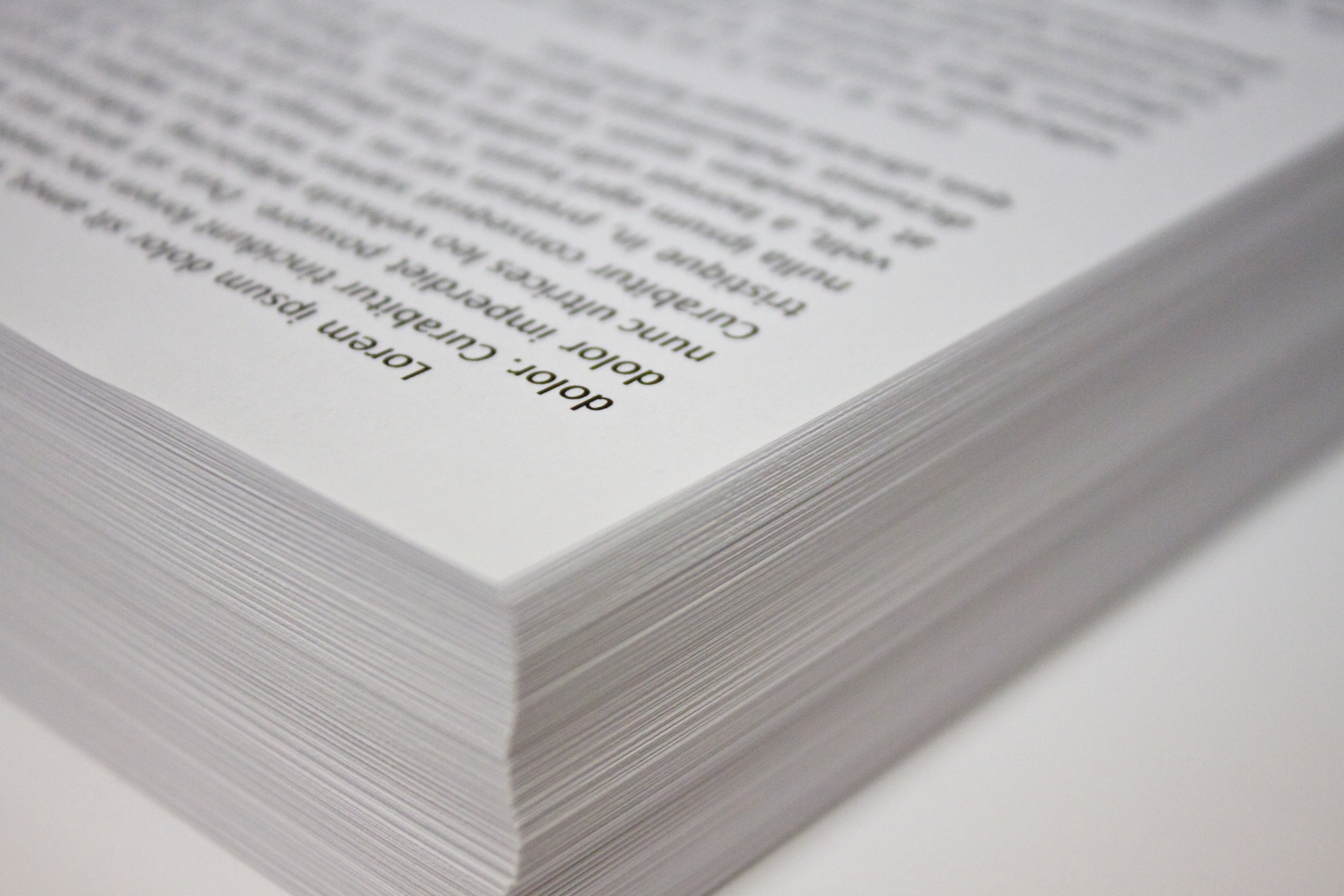 |
| jourixia, "Reflection", 10/12/12 via Deviantart, Creative Commons License |
Overall, the process of writing this piece was much easier for me than the QRG we had to write for project one. In reflecting upon this project, I realized there was not much I feel that I did incorrectly, or wish I could go back in time and do differently, as I felt with the first project. This reflection goes in depth on my writing and revision process for project 2.
1. While I revised many parts of my essay, I placed most of my focus on the revision of my introduction and conclusion. I completely started the two from scratch, as per request, and realized that much of what I had written previously had very little substance or relevance to my purpose, and was just filler. I revised the two in every aspect-- organization, purpose, structure-- until I felt that they effectively added the framework I needed for my piece. The rest of my revision was mainly just minor edits, and the addition of some evidence, because my essay was originally lacking much evidence.
2. In terms of my thesis, not much was changed. My thesis was the only part of my introduction that actually did work, and those who commented on my rough draft agreed that it was pretty good for our purposes. I did edit it however to add the word "effectively", as to make it clear and explicit what my feelings were on Cahill's argument. In a more broad sense, I did not change much of the organization of my piece, or if I did, it is solely due to the different direction that my revised introduction headed my piece in comparison to the old introduction.
3. What led to these changes wasn't necessarily a shift in purpose, as much as it was a better understanding of purpose. Originally, it was hard for me to fully grasp what our purpose was for this project, who we were addressing, what we were addressing, and how we were supposed to address it. After writing my rough draft and revising, I realized I did not fully answer our informal prompt of describing explicitly to the audience how an effective argument in our field is laid out. So most of the changes I made were due to this realization.
4. I don't really feel like these changes add or subtract any credibility in my writing, but the audience might definitely consider me more credible in my writing after my revisions, as there is more bulk and evidence to the piece, so there is a better chance for the audience to see where I am getting my information from, rather than me making broad, unsupported claims.
5. These changes better address the audience because I am explicit in my acknowledgement of my purpose in this piece, what the audience is trying to gain from reading my piece. By acknowledging this, there is a more comfortable and relatable aspect to my writing that helps me to connect with my audience and provide them with what they need to know for drafting an argument in our field.
6. I did not edit much of my sentence structure, punctuation, or grammar. I changed a few sentences to help my paragraphs flow better, but most of this came with the addition of new support and evidence that helped made my writing sound better simply because it didn't sound as vague. I added an apostrophe or two where they were needed, and made use of dashes which I rarely employ in my writing, but overall, my sentence structures remained.
7. The few changes I did make in structure and punctuation will help my readers by avoiding the confusion that might be caused by poor phrasing or organization. Without good structuring and punctuation in a piece, it can become confusing and distracting for the reader, causing the reader to focus more on the technical aspects of the writing than the writing's actual purpose. So, potentially, I dodged these distractions.
8. The only way in which I reconsidered conventions in my field when writing and revising my piece was when I considered how important evidence was in my field, and therefore placed more weight on the logos part of my rhetorical argument. Other than this, no other conventions relate enough to my field of study enough for me to have to reconsider.
9. Overall, I feel I learned much about myself as a writer through this revision process. In all honesty, I am a very stubborn person, so often when I am revising my writing I am thinking of how I can change a few things without losing much of what I already worked to achieve. Scrapping my introduction was like pulling teeth for me, but in the end it was very worth it, and made me reconsider my editing process as a whole.
Reflection: After reading
Lauren and
Tom's reflections on their revision processes, I discovered that mine was not incredibly different from theirs. The three of us paid the most attention to the revision of our introductions and conclusions, and instead of reconsidering many other parts of our essays, we simply revised and tweaked them to work with the rest of the piece. I think, in comparison, I probably made less changes to my piece than the others did, but that's because I felt pretty good about my piece as I was reading along. I think all three of us, along with the rest of the class, truly learned a lot about what works in our own writing and revision with this project.

















.png)





